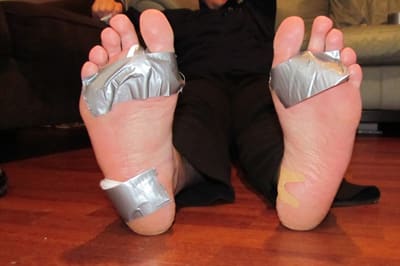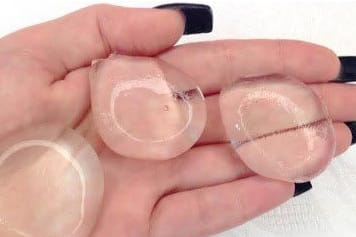Nagpur: The Jawaharlal Nehru Aluminium Research Development and Design Centre (JNARDDC) has developed a process of extracting strategic minerals or ‘rare earth metals’ (REMs) from the ‘red mud’, a waste generated in huge quantities during the manufacturing of alumina (aluminium making process) from bauxite ore.
The red mud is very difficult to dispose of and occupies huge space in the form of red mud ponds. It is largely used to make bricks but the process is becoming uneconomical.
“Red mud contains certain very expensive REMs which are largely used in electronic and defence industry. We are looking for three major metals — scandium, lanthanum and cerium — as they are present in relatively significant quantity. Of these, scandium costs Rs10,00 per one gram,” said JNARDDC director Anupam Agnihotri.
Agnihotri said that the initial results of the extraction process have yielded good results and the centre could set up a lab scale extraction plant. “If this works well, we would set up a pilot scale plant with guidance from the Indian Rare Earths Limited in Mumbai, which has the expertise in extraction,” he said.
Upendra Singh, principal investigator of the project, told TOI that Aditya Birla is the industry partner in the project and was supplying the red mud. The Rs1.05 crore project is being funded by the Department of Science and Technology (DST), government of India, for three years.
The aluminium industry produces about 8 million tonnes of red mud annually. The process to manufacture one tonne alumina produces 1.5-2 tonnes of red mud. There is no bulk utilization of the waste. Since there is no primary resource of REMs, red mud can be a good source, provided the process is economically viable.
These metals are present in parts per million (PPM) quantities. The domestic requirement of REMs is about 8-10,000 tonne for the three major REMs.
The JNARDDC scientists first characterized the properties of the REMs, then concentrated them through a process called as beneficiation. The matter is then bleached and separated through solvent extraction process. The material is then converted into oxide of the REMs to make them stable and non-reactive.
“Till recent past, China has been providing 95 to 97 per cent of REMs worldwide and has demonstrated its ability to control and limit their exports. Therefore, it is crucial that India quickly explore, expand and exploit available sources including industrial wastes for recovering the valuable mineral wealth to meet the growing domestic demand to a larger extent,” said Singh.
 A worker uses a ladle to pour a sample of hot liquid metal at the Salzgitter AG steel plant in Salzgitter, Ger... Read More
A worker uses a ladle to pour a sample of hot liquid metal at the Salzgitter AG steel plant in Salzgitter, Ger... Read More A worker uses a ladle to pour a sample of hot liquid metal at the Salzgitter AG steel plant in Salzgitter, Ger... Read More
A worker uses a ladle to pour a sample of hot liquid metal at the Salzgitter AG steel plant in Salzgitter, Ger... Read More



